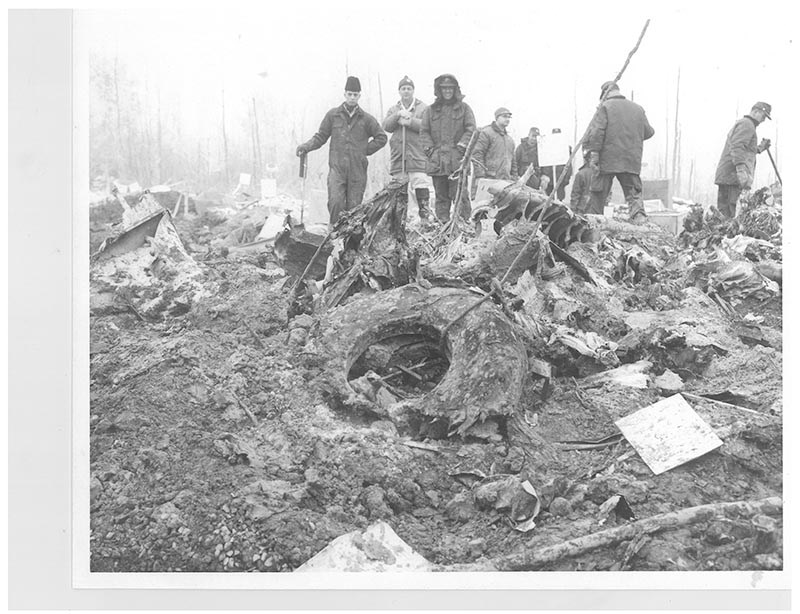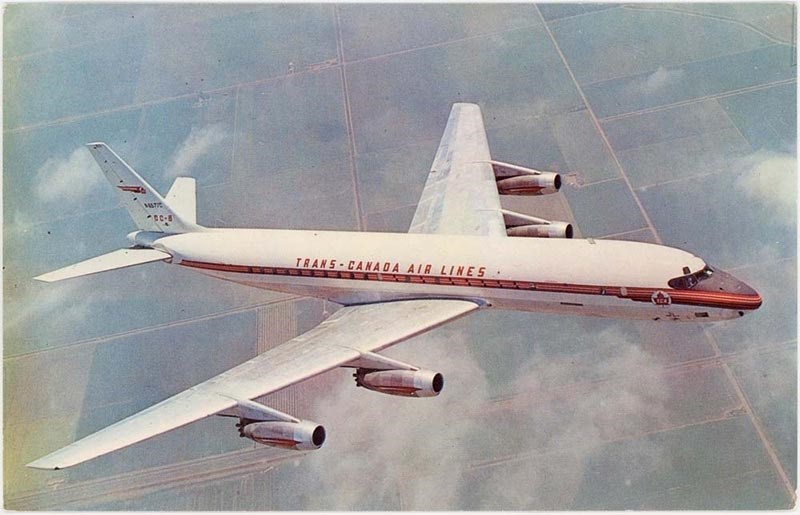
When a Trans Canada airliner crashed in a muddy field just over 50 years ago – claiming the lives of five prominent Sarnians - it was the worst air disaster in Canadian history.
All 118 people on board, including 111 passengers and seven crew, perished when the plane bound for Toronto apparently caught fire and exploded minutes after takeoff from Montreal’s Dorval Airport.
Despite the magnitude of the loss, and the major changes it provoked, the story has been largely lost to history.
“We have theories of why that is,” said Bob Page, co-author of Voices of a Forgotten Tragedy: Trans-Canada Flight 831.
“It occurred seven days after the assassination of John F. Kennedy, and five days after the assassination of (Lee Harvey) Oswald. So there were big events happening. And, to be honest, (the airline) didn’t really want it talked about.”
The five Sarnians killed were all employees of Polymer, now Lanxess: Theodore Dunfield, 36, supervisor of the latex division; J. Keith Head, 34, a chemist assistant; chemist Hendrik Smit, 33; Tom Murray, 47, placement supervisor; and Phil Lewis, 39, technical supervisor in the petrochemicals department.
Lewis was the Sunday school superintendent at High Park United Church, and following his death a stained glass window was commissioned depicting "The Sower" with children gathered round with Lewis.
The church will host a June 1 presentation by Page and his wife Jean Grant-Page, who co-authored the book along with historian Ernie Dick.
Though the cause of the Nov. 29, 1963 crash was never determined it sparked a new era in aviation safety, including the first use of “black box” recording devices, said Page, who lost his own father in the crash.
“One of the outcomes was the Canadian government mandated that all domestic airlines institute cockpit data and voice recorders,” he said.
Sarnia-based Polymer Corporation added policies prohibiting multiple executives from flying on the same aircraft, and other large companies followed suit.
And a death benefit dispute that went to the Supreme Court of Canada led to life insurance payouts becoming tax-free for beneficiaries.
Speaking from his Kingsville, Ont. home, Page said he began the book to find out how other relatives of victims had survived the disaster.
A meeting was organized in Toronto in 2009, and the three authors eventually contacted more than 70 of the families.
Many welcomed the effort, “but many families did not want to go back and relive the emotions,” he said.
“Overall it has been a healing journey and for me has been a very worthwhile project.”
Only two plane accidents in Canadian history have since claimed more lives, the 1985 crash of an Arrow Air Flight in Gander, Nfld, and a Swissair Flight that crashed off the Nova Scotia coast 1998.
IF YOU GO:
WHAT: Presentation by Bob Page and Jean Grant-Page, co-authors of the 2013 book, Voices of a Forgotten Tragedy: Trans-Canada Flight 831.
WHERE: High Park United Church, 1081 Brenchley St.
WHEN: Sunday, June 1, 2 p.m.
OTHER: No charge. Light refreshments available. For more, visit www.tcaflight831.com
- George Mathewson
